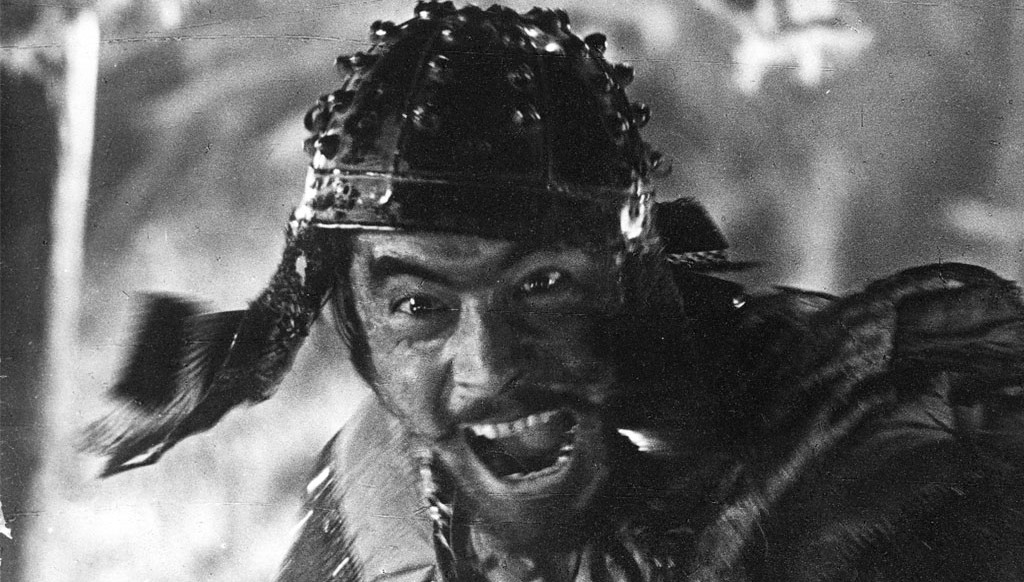
Hollywood has been remaking masterpieces of Asian cinema since the 60s, picking the most commercially successful and the most adaptable productions to bring to both American and worldwide audiences.
Some were equal masterpieces, some were mediocre, and there were even disappointing ones. However, it is always interesting to trace the originals, not just because they are worth watching in their own right, but because it’s worthwhile to examine how they were adapted to a very different culture.
This list is ranked by the quality of the Asian originals.
20. Antarctica (Koreyoshi Kurahara, Japan, 1983)
Remake: Eight Below (Frank Marshall, 2006)

Based on a true incident regarding a Japanese scientific expedition to the South Pole in 1958, the original film revolves around a team of sled dogs that were left alone in Antarctica due to extreme weather conditions.
Koreyoshi Kurahara spent three years shooting the movie, in order to present the harsh conditions of the South Pole as realistically as possible. The result is utterly magnificent, with two of the dogs, Taro and Jiro, being the actual protagonists. The film entailed splendid cinematography, wonderful music by Vangelis, and Ken Takakura providing the human element.
Frank Marshall stayed very close to the original, once more focusing on the canine protagonists, who give equally magnificent performances as those in the Japanese film. The depiction of the conditions is not as realistic, but the film is still very entertaining.
19. Shall We Dance? (Masayuki Suo, Japan, 1996)
Remake: Shall We Dance (Peter Chelsom, 2004)
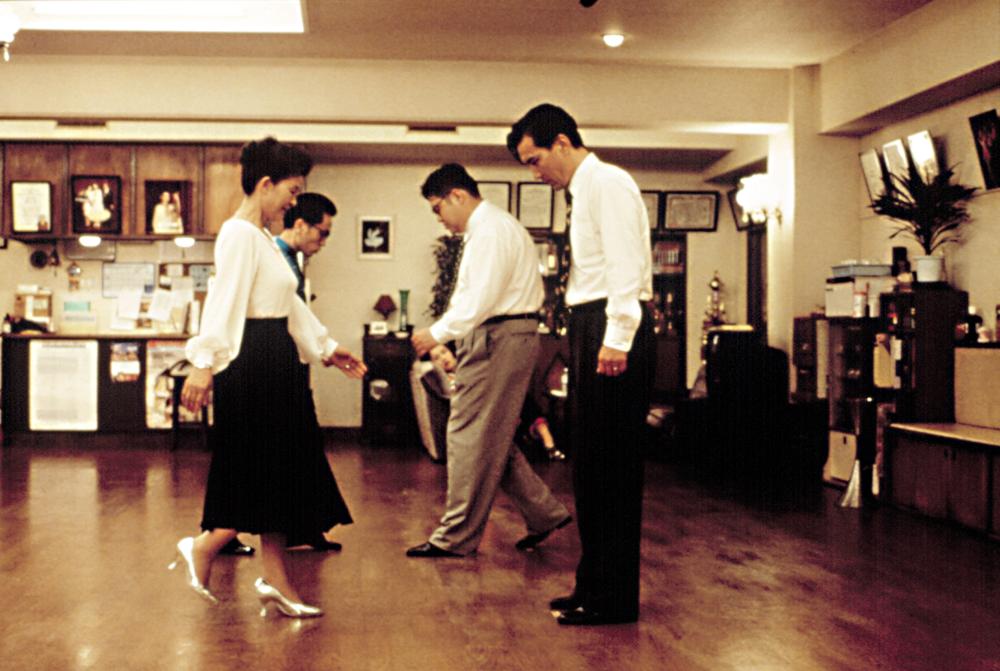
In the original film, Shohei is a content but somewhat bored accountant and family man. One day, while he is traveling by train, he catches a glimpse of Mai in a dance school. He decides to secretly enroll in dance lessons, which he begins attending every Wednesday night. However, his wife, Masako, thinks that he’s having an affair and hires a private detective to follow him.
Masayuki Suo directs a film that combines social and psychological depth with intrigue and a number of comedy bits, thus managing to present a picture that is both highly entertaining and provides “food for thought”. Along with the wonderful performances from Koji Yakusho as Shohei and Tamiyo Kusakari as Mai, this title is a masterpiece of contemporary Japanese cinema.
Peter Chelsom transferred the script to the United States, staying very close to the original script and presenting a “lighter” though equally entertaining film, which benefits the most from the presence of Jennifer Lopez, who plays the equivalent of Mai.
18. Ju-On: The Grudge (Takashi Shimizu, Japan, 2002)
Remake: The Grudge (Takashi Shimizu, 2004)
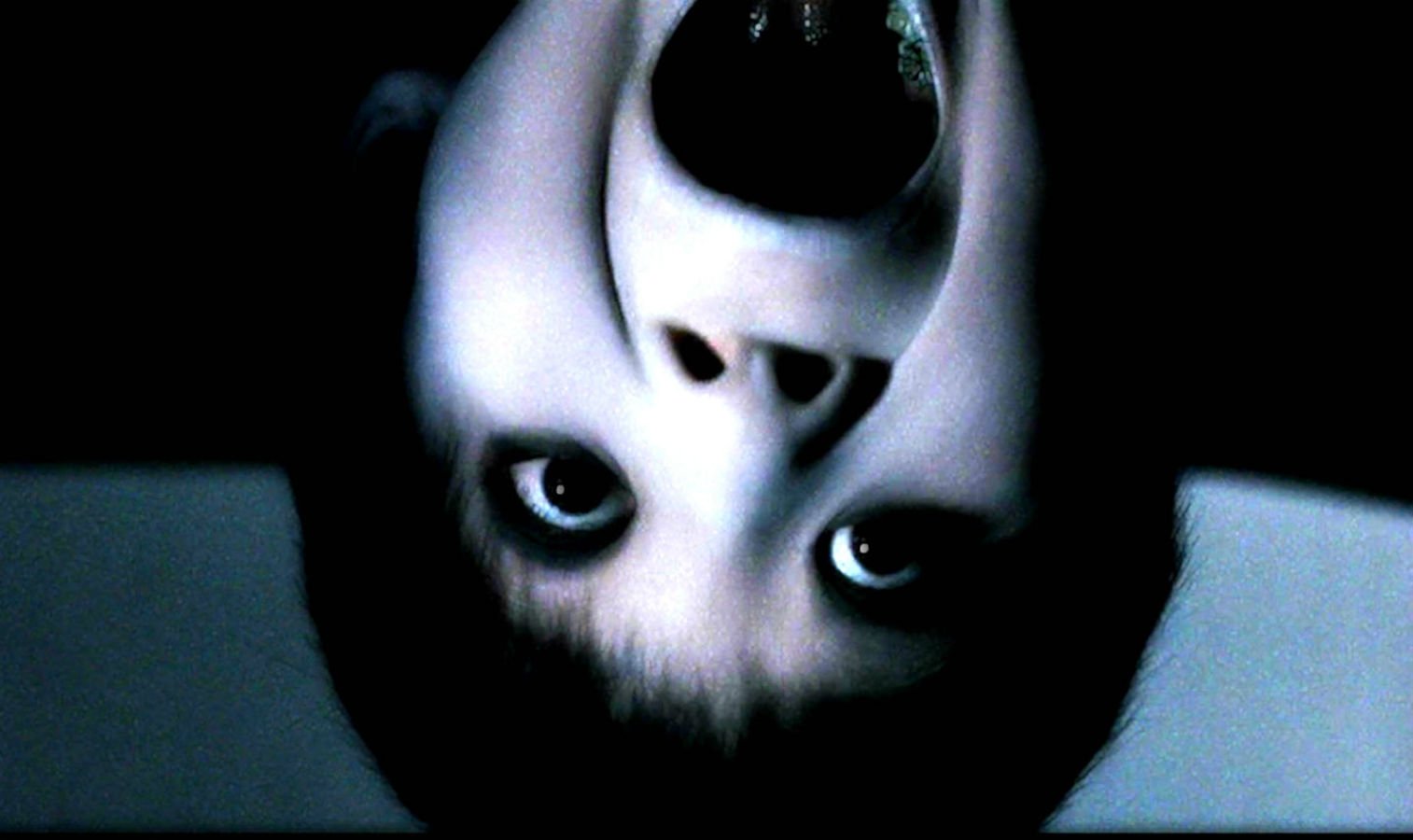
According to myth, when someone dies while in a state of extreme anger, a curse is born, which revives the individuals involved as ghosts within the place where the incident occurred. In this particular film, a husband kills his spouse and possibly his son after discovering that she had an affair with another man. When the Tokunaga family moves to the house where the murder happened, the curse manifests itself with terrifying results.
Takashi Shimizu, who was also the screenwriter, puts the events in a non-chronological order, trying to combine the terror with deeper thought. He manages to direct a truly horrifying movie, whose most distinguishing feature is the fact that the most suspenseful and terrifying scenes occur in the light of the day.
In the American adaptation, the film is once more set in Japan, although this time it revolves around Karen, an American student who follows her sweetheart to Tokyo. In order to do something with her time, she volunteers to take care of an elderly American woman, whose previous helper disappeared under mysterious circumstances. Soon after, the curse manifests itself.
Although the iconic Takako Fuji retained her role as Kayako in both films, the rest of the casting was a bit off, with Sarah Michelle Gellar being an unlucky choice for the main role. Furthermore, and in spite of the fact that the adaptation has its scary moments, it did not manage to maintain the overall horrific atmosphere of the original, instead resorting to abrupt sound and sudden appearances in order to scare.
Shimizu also directed a Japanese and an American sequel, before abandoning the franchise that still goes on.
17. Dark Water (Hideo Nakata, Japan, 2002)
Remake: Dark Water (Walter Salles, 2005)
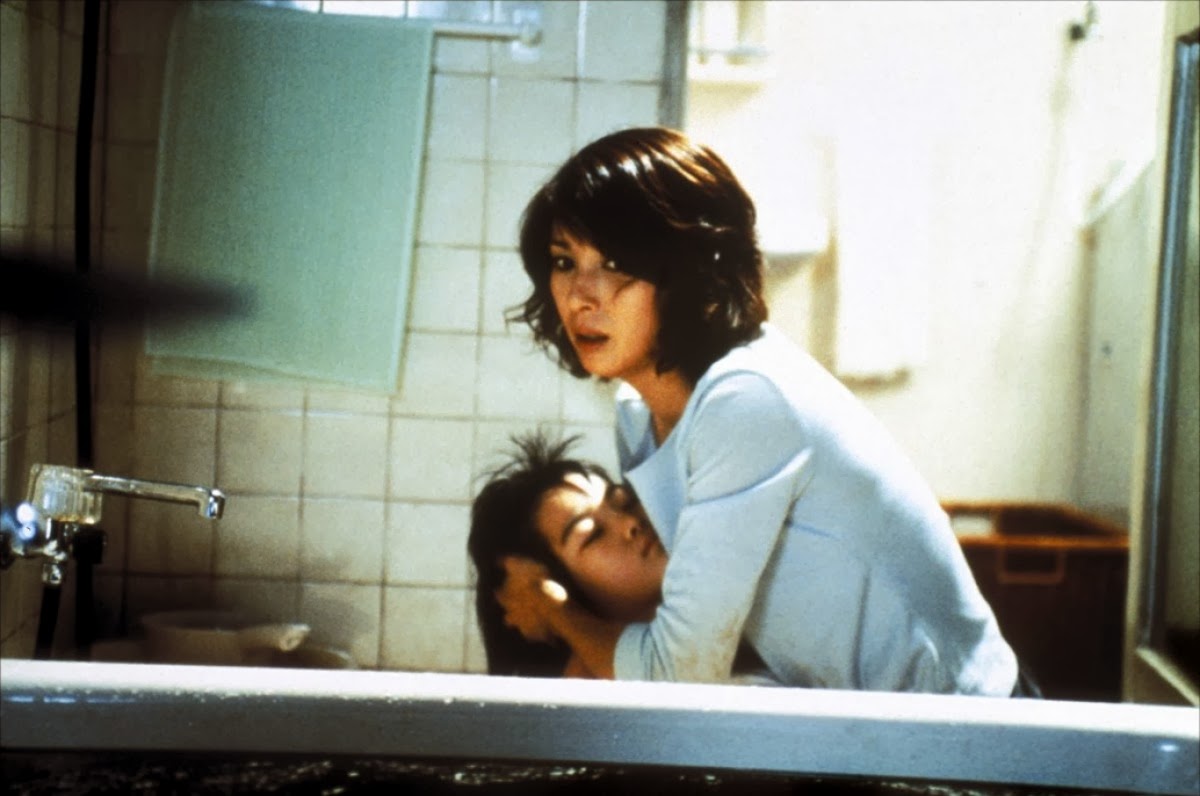
Hideo Nakata followed the successful recipe of “The Ring”, adapting another work by Koji Suzuki, and in the process he became the most successful J-Horror filmmaker.
Yoshimi is a divorced mother who is seeking sole custody of her young daughter, Ikuko. While searching for an apartment, she chooses one that is cheaper and more run-down. She enrolls Ikuko in a nearby kindergarten and gets a job as a proofreader.
Eventually, she realizes that the flat hides much more than the moisture in the walls. The family who lived upstairs also had a small daughter who disappeared mysteriously a year earlier. The couple moved, but a little girl with long hair and a red bag seems to have lingered.
Hideo Nakata directs a similarly atmospheric film with “The Ring”, simply replacing technophobia with hydrophobia, thus managing to create an equally accomplished movie.
Walter Salles kept the original film’s script for the most part, and even included an all-star cast including Jennifer Connelly, John C. Reilly, Tim Roth and Pete Postlethwaite.
However, he failed to maintain the psychological horror and the permeating sadness of the Japanese film, instead focusing on the disturbed world of his protagonist, thus presenting a movie that mostly looks like a psychograph. In the end, he tried to include the horror element, in an effort that resulted in an outcome that is too superficial to be a psychological drama, and too hesitant to be a horror film.
16. The Eye (Pang Brothers, Hong Kong, 2002)
Remake: The Eye (David Moreau, 2008)
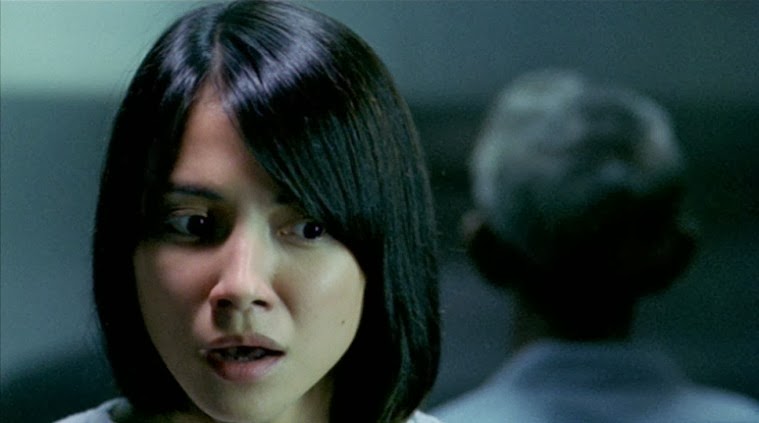
Twenty-year-old Mun, a violinist living in Hong Kong, has been blind since the age of two. After receiving an eye cornea transplant, she starts seeing some bizarre entities that seem to predict violent deaths.
After an incident, she reveals to her doctor that she sees visions, and not believing her, he suggests a visit to his psychologist nephew, Dr. Wah. In the beginning he is also skeptical, but after awhile, he decides to escort her to Thailand, where Ling, the donor, used to live. There, they learn that the girl had psychic powers that allowed her to predict deaths.
The biggest asset of “The Eye” is its technical fluidity. It has masterful direction by the Pang Brothers, solid acting, impressive cinematography and editing, an excellent score, and horrifying special effects.
David Moreau failed to adapt the general horror atmosphere of the original, instead resorting to hyperbolic (due to their frequency) scenes of terror that may scare at moments, but mostly end up being tedious.
The comparison between the two protagonists, Angelica Lee and Jessica Alba, definitely favors the first.
15. Addicted (Park Young-hoon, 2002, S. Korea)
Remake: Possession (Joel Bergvall, Simon Sandquist, 2008)
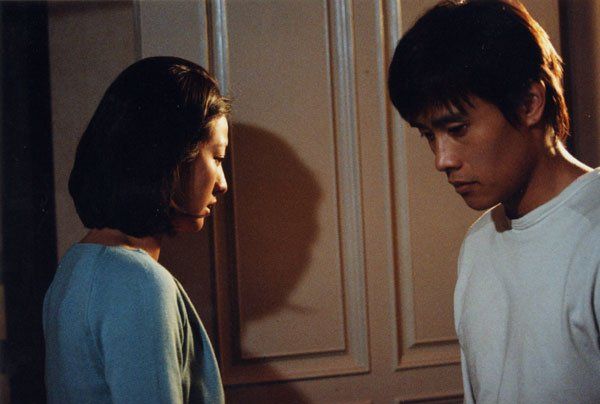
In the original film, two brothers named Dae-jin and Ho-jin live in the same house along with the latter’s wife, named Eun-soo. One day, the two brothers are simultaneously involved in car accidents, which leave them both comatose in the hospital. A year later, Dae-jin wakes up, insisting that he is now Ho-jin, even feeling in love with Eun-soo.
Park Young-hoon directs in a slow tempo, preparing the audience for the shattering ending. He focuses on the chemistry between the two protagonists, with both Lee Byung-hun and Lee Mi-yeon giving great performances. In particular, the latter is very convincing as both a happy wife and a confused and sad woman.
Joel Bergvall and Simon Sandquist kept the mystery and the overall “out of place” feeling that characterized the original, but failed to inject depth in the characters, thus resulting in a flick rather than a thriller/drama.